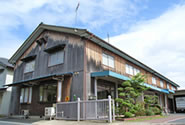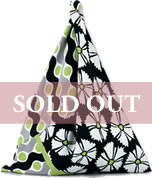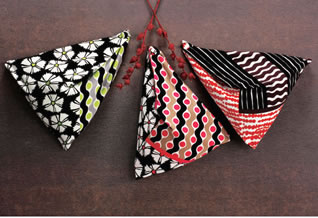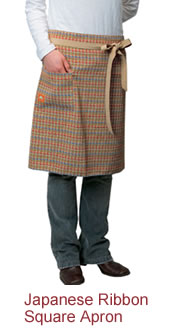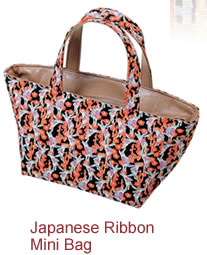JCRAFTS.com Top (Japanese Crafts) > Shop List > Tango Crepe
 |
 |
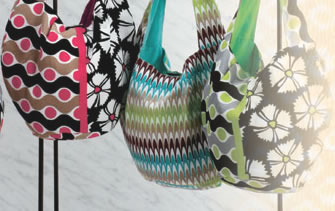 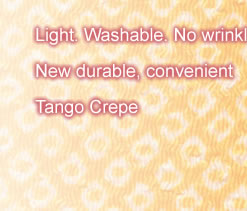 |
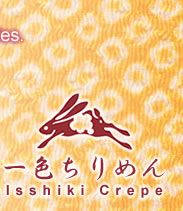 |
|

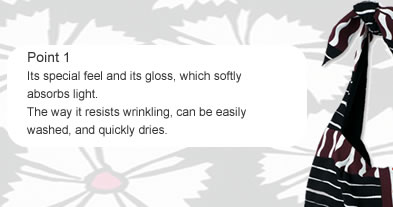 |
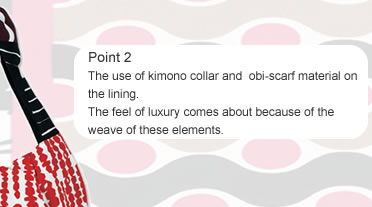 |
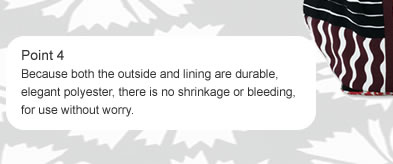 |
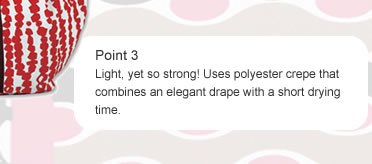 |
 ↑ The special bump pattern of Tango crepe. |
|
| Tango crepe weave has a history of approximately 300 years, extending from the middle of the Edo era. The pattern that can be seen on the left, produced by horizontal contraction caused by a process applied after weaving, is one of the special features of Tango crepe. Because of this pattern, crepe does not easily wrinkle, has a soft texture, and produces interesting, deep patterns when dyed. It is made of a weave of untwisted vertical threads interwoven with horizontal threads twisted approximately 300 times over the distance of one meter. After weaving, the threads are processed and contract and the twist of the horizontal thread is reinforced, producing the fine bumps in the surface of the material.  This texture is the most notable feature of Tango crepe, the most well-known of the crepe weaves. This texture is the most notable feature of Tango crepe, the most well-known of the crepe weaves. |
 |
||||
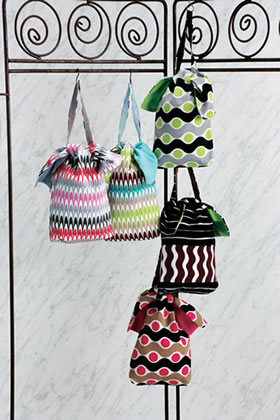 |
|
|
||||||||||||

|
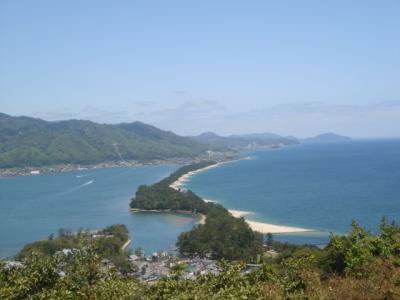 Amanohashidate, one of Japan's top three views. |
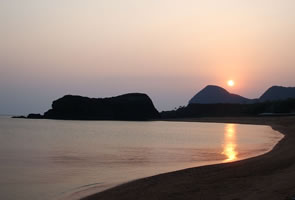 |
Tango crepe gained the special bumps it has today and fully realized its silken texture and feel around 280 years ago, in the fifth year of the Kyouhou era (1720). A silk weaver named Kinuya Saheiji (who later changed his name to Morita Jiroubei) living in Mineyama became an apprentice to a Kyoto Nishijin weaver and learned and researched weaving methods, threads and the means of producing the bumps. He brought these secret techniques back to Tango, began to produce crepe there, and laid the foundations for the creation of the Tango crepe of today. Tango was a center of silk weaving, so the propagation of crepe-making techniques was rapid. The policies of the governors of Mineyama, led to a variety of crepe being produced in the Tango area, and it became the great producer it is today. Until recently, white crepe for kimonos was the most popular product, but recently a variety of dyed items such as accessories and pieces for interior decoration are being made. |
| The beautiful sunset over Tango peninsula. |
